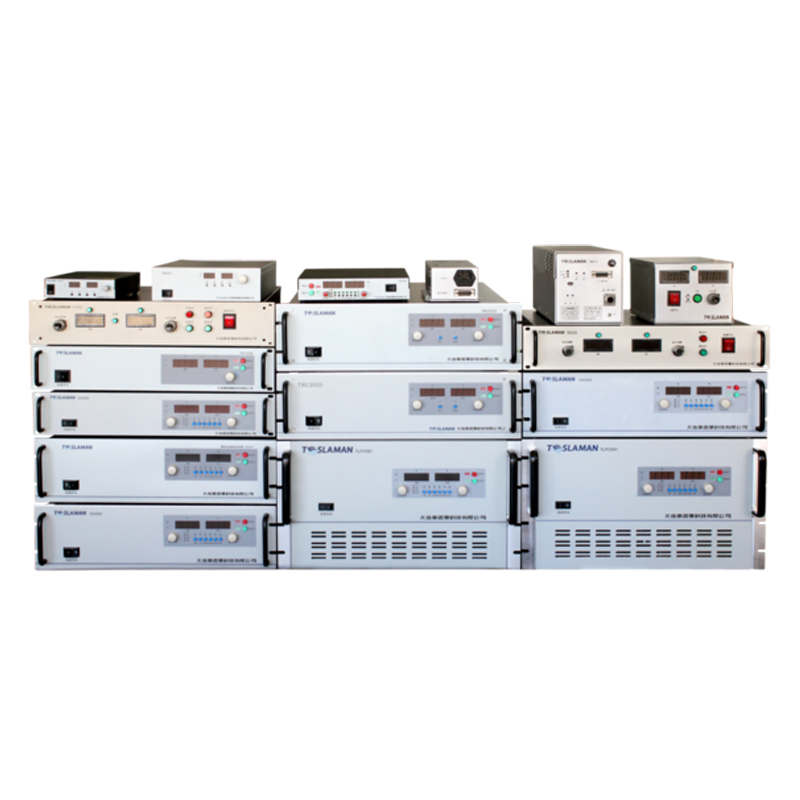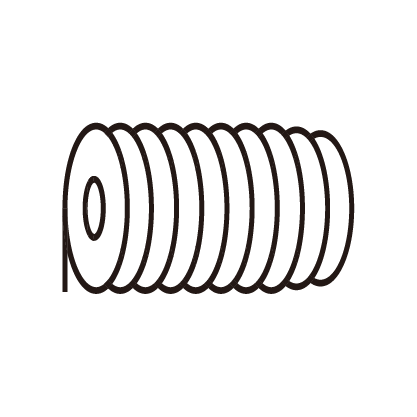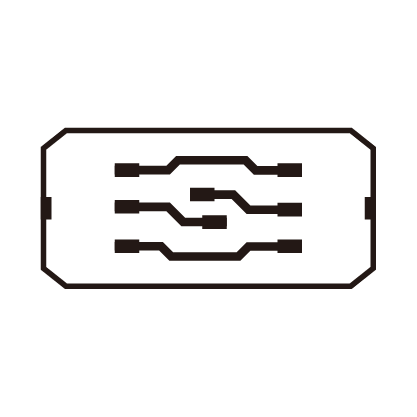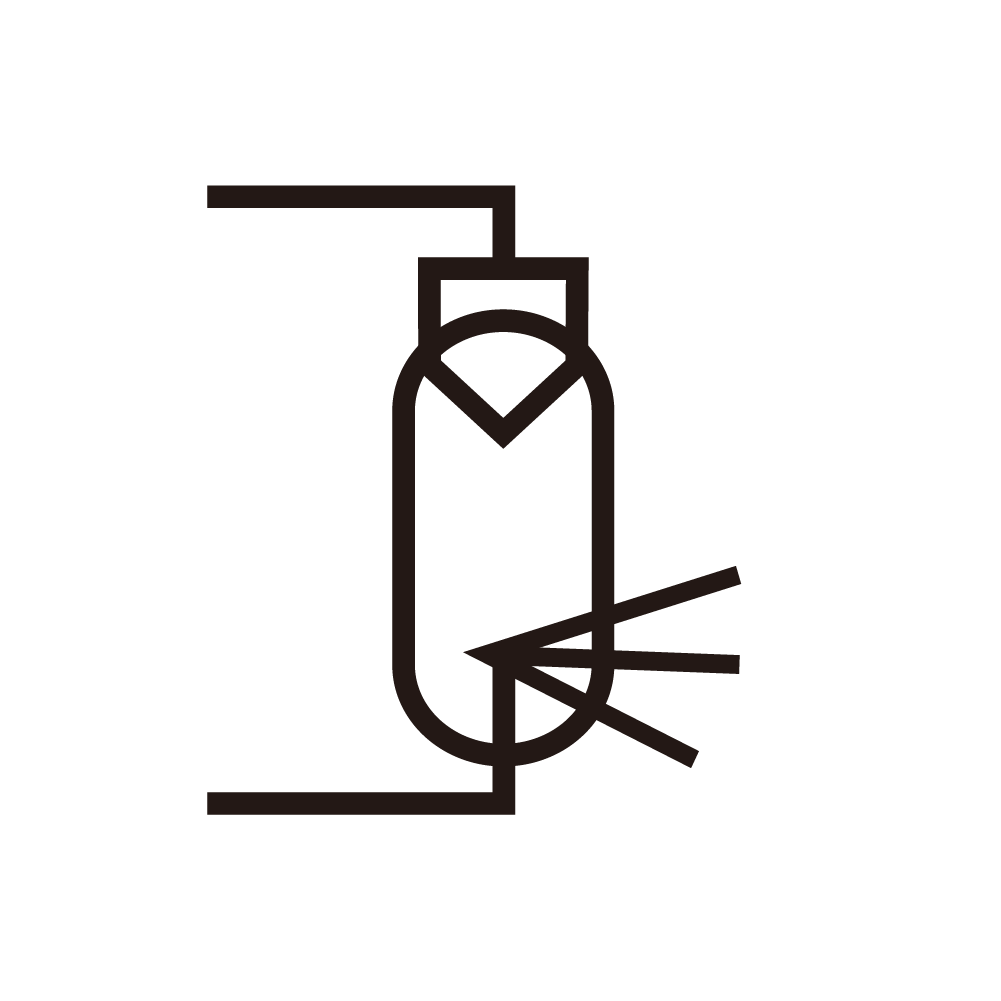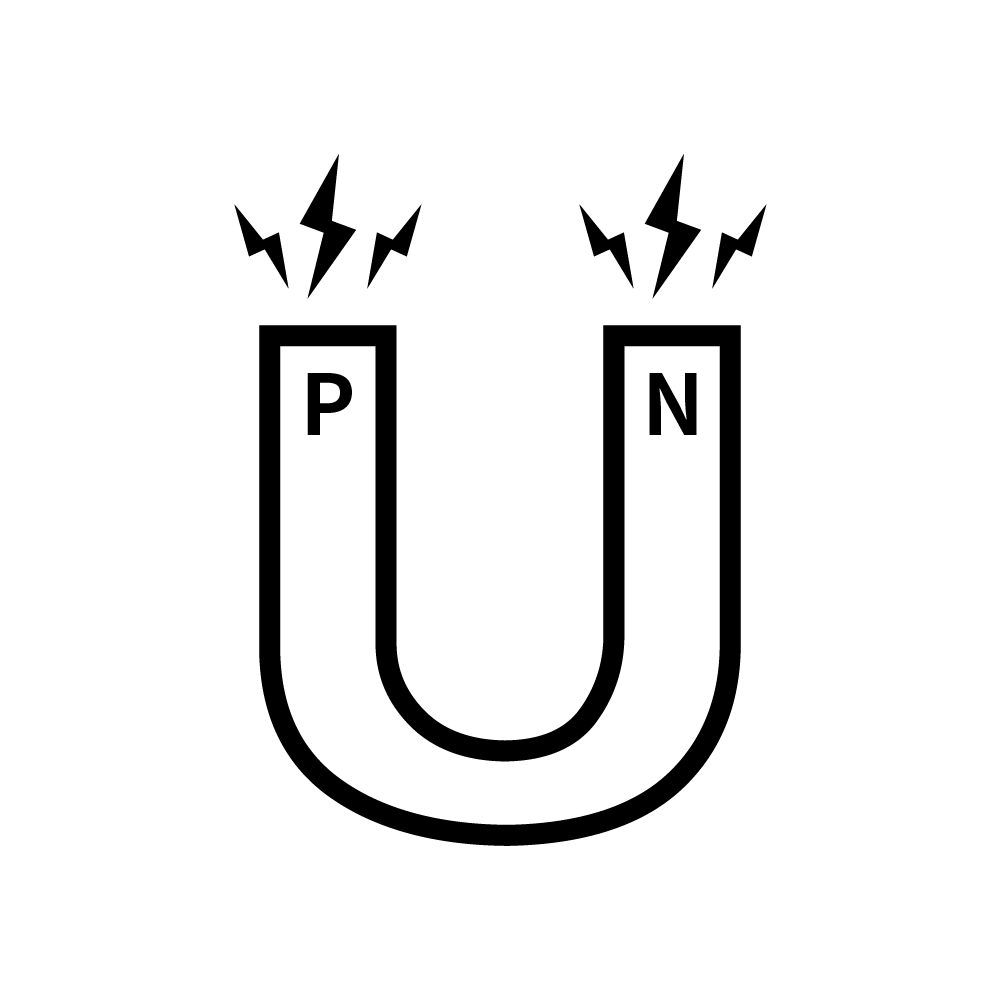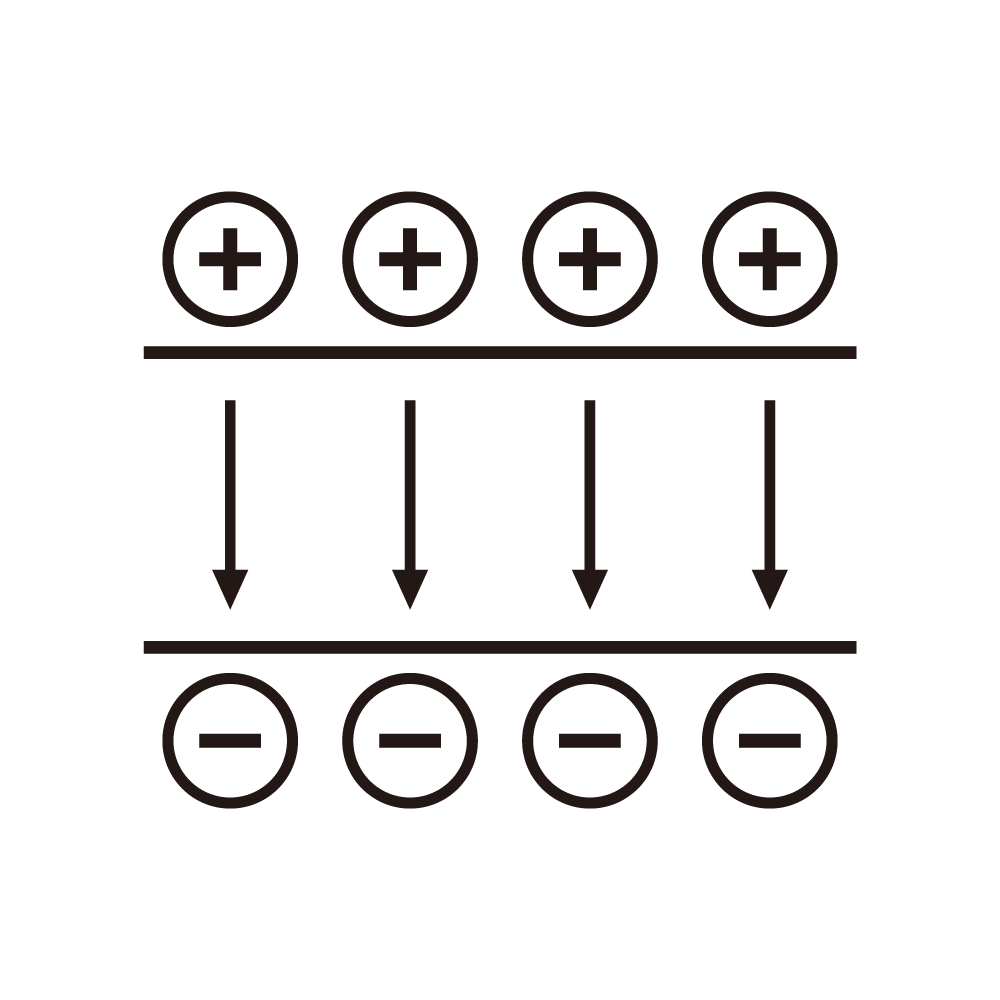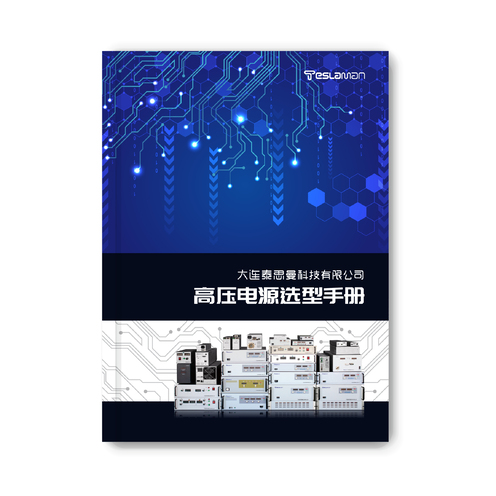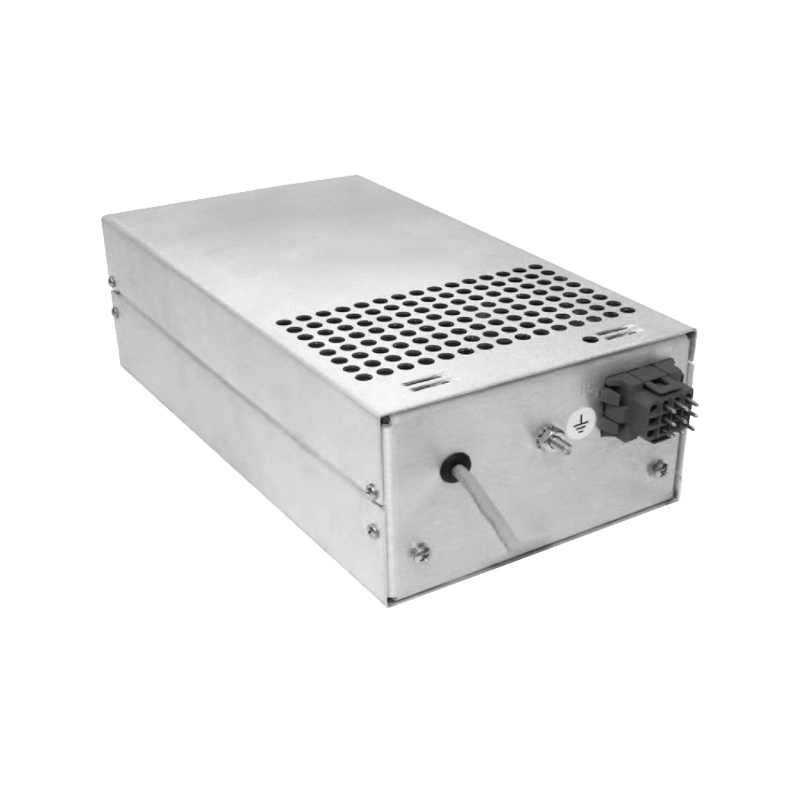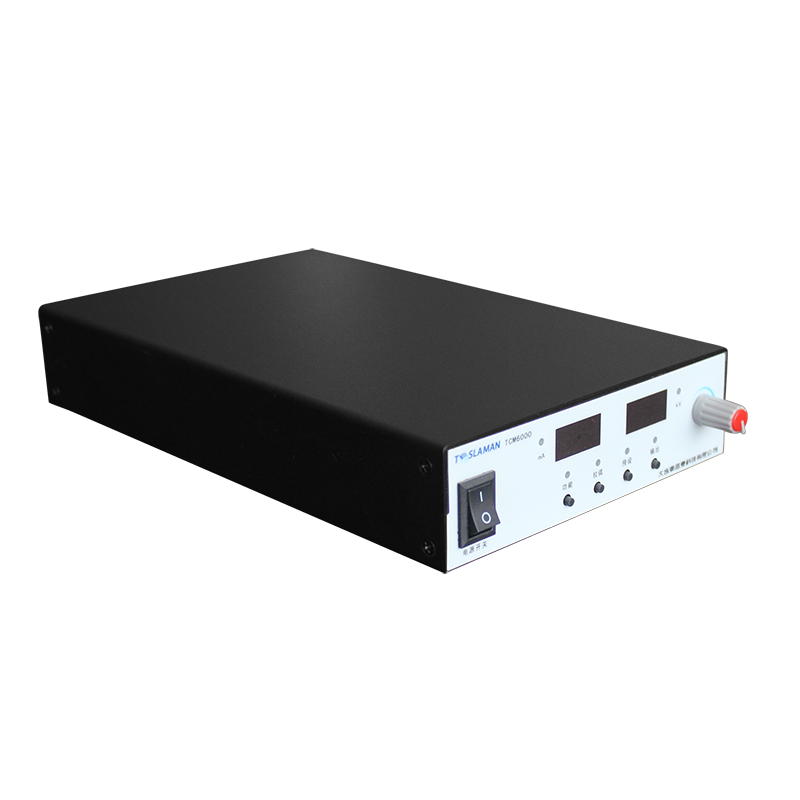Research on Insulation Protection Technology for 160kV High Voltage Power Supply
1. Technical Challenges in High-Voltage Insulation
160kV high-voltage power supplies face critical insulation challenges in power transmission and industrial applications:
1. Non-uniform Electric Fields: Field distortion at conductor edges can create localized intensities 3-5 times higher than average, increasing dielectric breakdown risks.
2. Material Aging: Organic insulation materials degrade under corona discharge and thermal stress, with silicone rubber layers showing 12%-18% dielectric strength reduction after 5000 operational hours.
3. Partial Discharge (PD) Control: PD initiation voltage drops to 60% of design values when 0.1mm³ voids exist, accelerating insulation carbonization.
2. Material and Structural Innovations
1. Composite Materials:
Polyimide-ceramic nanocomposites via vapor deposition achieve 40kV/mm breakdown strength, 40% higher than epoxy resins.
Self-healing silicones with microencapsulated silane restore 85% insulation resistance post-damage.
2. Multi-Layer Shielding:
Coaxial-spiral electrodes with grading rings improve field uniformity coefficient (η) from 0.65 to 0.92.
SF6/N2 gas mixtures at 0.4MPa boost withstand voltage by 2.1× compared to pure nitrogen.
3. Real-Time Monitoring and AI Diagnostics
1. Multi-Sensor Systems:
UV imaging, HFCT, and PRPD analysis enable 1pC PD detection sensitivity and ±2cm localization.
Fiber Bragg grating sensors monitor temperature gradients, triggering alerts for ΔT >5℃.
2. Machine Learning Models:
LSTM networks predict insulation lifespan with <8% error using PD pulse data.
Digital twins simulate multi-stress conditions, identifying 90% potential defects.
4. Industrial Applications and Efficiency
1. Power Systems: Novel insulation reduces DC converter valve size by 30% while passing 200kV/1min tests per IEC 62271-307.
2. Medical Equipment: Fully encapsulated bushings enhance CT X-ray tube stability to 99.99% with MTBF exceeding 30,000 hours.
3. Renewable Energy: Electrolytic hydrogen systems achieve 95% efficiency with leakage current <0.1mA/m.
5. Future Development Trends
1. Wide-Bandgap Semiconductors: SiC/GaN devices cut switching losses by 70%, reducing insulation stress.
2. Adaptive Insulation: Electrically tunable dielectrics aim to boost PD inception voltage by 50%.
3. Plasma Surface Modification: Atmospheric plasma treatment increases surface flashover voltage to 160kV/cm.
